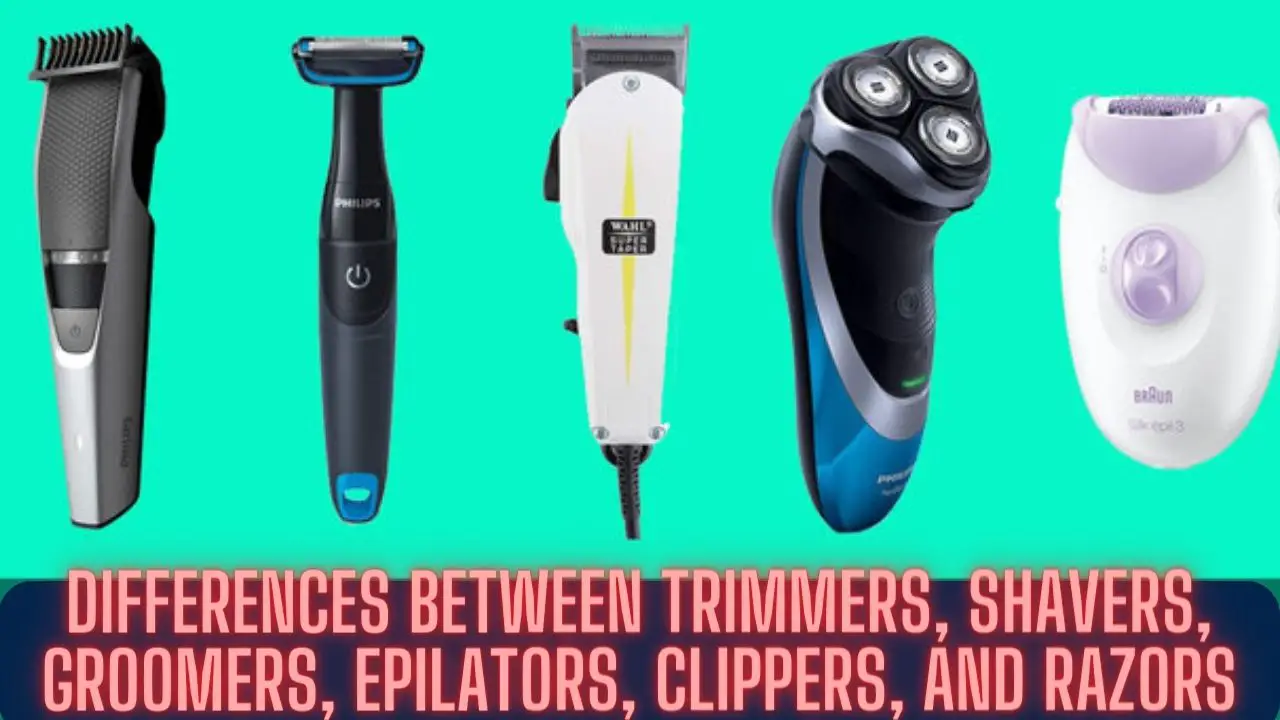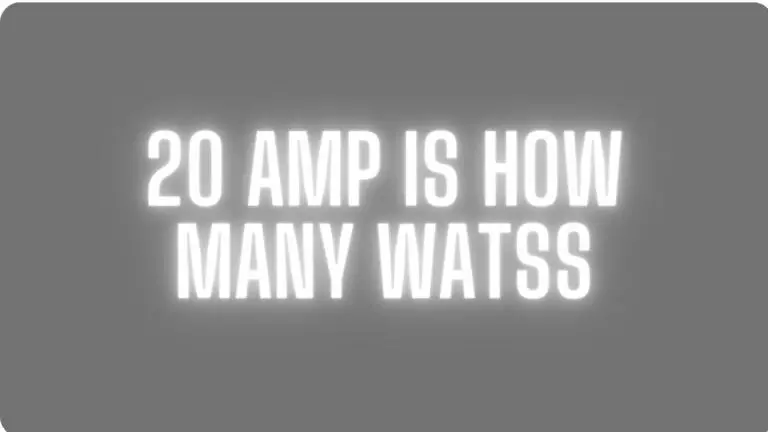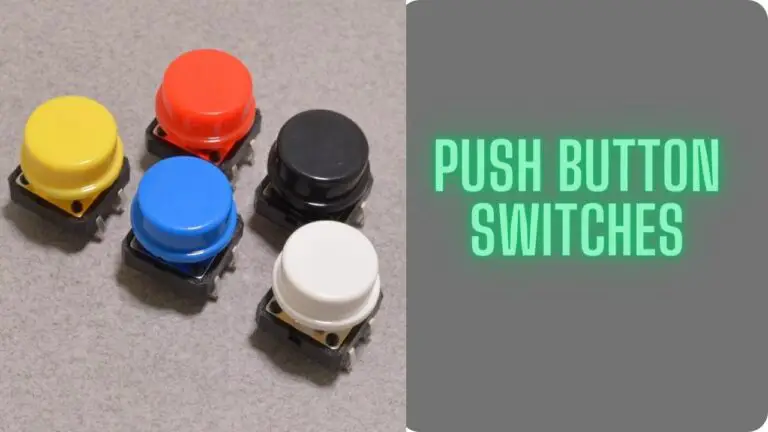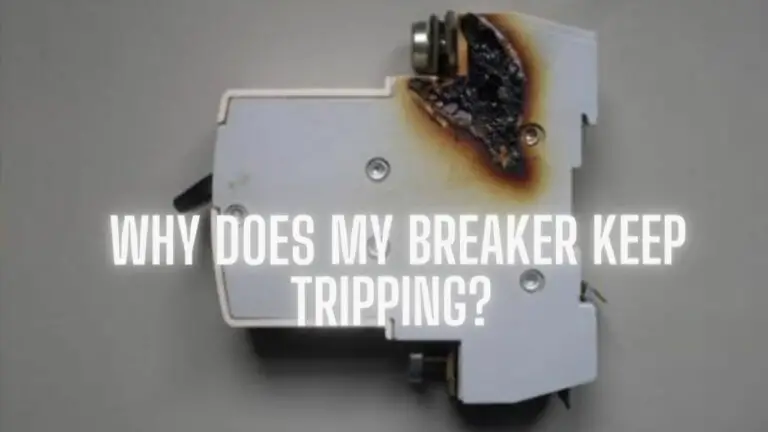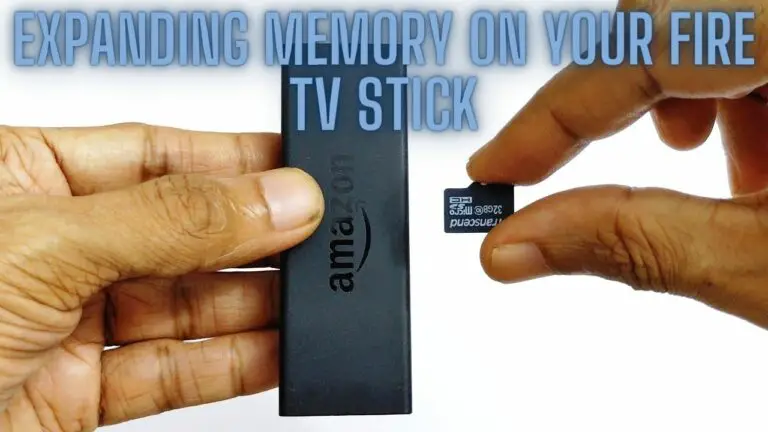Unraveling the Differences Between Trimmers, Shavers, Groomers, Epilators, Clippers, and Razors
1. Introduction
In the vast landscape of grooming tools, it’s easy to get lost among the myriad options available. Trimmers, shavers, groomers, epilators, clippers, and razors each serve distinct purposes in the grooming routine. This comprehensive guide aims to demystify the differences between these tools, helping you navigate the grooming galaxy with confidence.
2. Trimmers: Precision Sculptors
2.1 Types of Trimmers:
- Beard Trimmers: Designed specifically for facial hair, beard trimmers come with adjustable settings to achieve various beard lengths.
- Hair Trimmers: These are versatile trimmers suitable for cutting and styling hair. They often come with various attachments for different lengths.
- Nose and Ear Trimmers: Compact and designed for precise trimming, these trimmers have specialized features for safely removing hair from sensitive areas.
2.2 How to Use a Trimmer:
- Start with a clean, dry face.
- Choose the desired trim length and attach the appropriate comb.
- Trim against the direction of hair growth for an even cut.
- Use precision settings for detailed work around the edges.
3. Shavers: Smooth Operators
3.1 Types of Shavers:
- Foil Shavers: Equipped with thin metal foils that glide over the skin, foil shavers are excellent for close and precise shaving.
- Rotary Shavers: Featuring rotating circular blades, rotary shavers are designed to adapt to the contours of the face for efficient shaving.
3.2 How to Shave Effectively:
- Ensure your skin is clean and dry before shaving.
- Stretch the skin taut to create a smooth surface for the shaver.
- For foil shavers, shave against the direction of hair growth.
- For rotary shavers, use circular motions for an effective shave.
4. Groomers: Multifunctional Masters
4.1 Beard Groomers:
- Beard groomers are versatile tools that combine trimming and styling features to maintain facial hair.
4.2 Body Groomers:
- Body groomers are designed for grooming body hair, including chest, back, and groin areas. They often feature skin-friendly blades and adjustable settings.
5. Epilators: Root Extractors
5.1 How Epilators Work:
- Epilators use rotating tweezers or discs to grasp and pull out hair from the root.
- They offer long-lasting results similar to waxing but without the mess.
5.2 Epilating Tips and Techniques:
- Exfoliate before epilating to remove dead skin cells.
- Hold the skin taut for smoother results.
- Epilate against the direction of hair growth for optimal effectiveness.
6. Clippers: Hair Maestros
6.1 Types of Clippers:
- Hair Clippers: Designed for cutting and styling hair, these clippers come with various attachments for different lengths.
- Pet Clippers: Specially designed for pet grooming, these clippers have features that cater to the needs of different fur types.
6.2 Using Hair Clippers:
- Start with clean, dry hair.
- Choose the desired length setting or attachment.
- Use long, even strokes for an even cut.
7. Razors: Timeless Precision
7.1 Straight Razors:
- Also known as cut-throat razors, straight razors provide a traditional and precise shaving experience. They require skill and practice.
7.2 Safety Razors:
- Safety razors have a protective guard that reduces the risk of nicks and cuts. They provide a close shave with a classic feel.
7.3 Cartridge Razors:
- Cartridge razors come with replaceable cartridges containing multiple blades. They offer convenience and are suitable for quick, everyday shaving.
8. Choosing the Right Grooming Tool
8.1 Consider Your Grooming Needs:
- Identify your specific grooming needs, whether it’s facial hair maintenance, body grooming, or hair cutting.
8.2 Know Your Hair and Skin Type:
- Different tools cater to different hair and skin types. Consider tools with features suitable for your specific needs.
8.3 Corded vs. Cordless:
- Decide whether you prefer the convenience of cordless grooming or the continuous power supply of corded tools.
8.4 Wet vs. Dry Grooming:
- Some tools are designed for wet grooming, allowing you to use them in the shower. Consider your preference for wet or dry grooming.
9. Maintenance and Care Tips
- Clean Regularly: Clean your grooming tools regularly to prevent buildup of hair, dirt, and bacteria.
- Oil Moving Parts: For tools with moving parts, such as trimmers and clippers, apply oil to keep them running smoothly.
- Replace Blades: Replace blades or cutting elements as recommended by the manufacturer for optimal performance.
10. Grooming Rituals for Different Body Parts
- Facial Hair: Use beard trimmers or shavers for facial hair maintenance. Consider a razor for a clean shave.
- Body Hair: Body groomers are ideal for maintaining body hair. Clippers can be used for a close trim.
- Hair: Hair clippers are the go-to tool for cutting and styling hair.
- Sensitive Areas: Choose tools specifically designed for sensitive areas, such as nose and ear trimmers.
11. Frequently Asked Questions (FAQs)
1. Is it better to trim or shave facial hair?
- It depends on personal preference and style. Trimming is ideal for maintaining length, while shaving provides a clean, smooth look.
2. Can I use a beard trimmer for body hair?
- Yes, many beard trimmers are versatile and can be used for body grooming as well.
3. How often should I replace the blades on my grooming tools?
- Follow the manufacturer’s recommendations for blade replacement, as it varies for different tools.
4. Are wet or dry groomers better?
- The choice between wet and dry grooming depends on personal preference. Wet grooming is more comfortable for some, while others prefer the convenience of dry grooming.
12. Conclusion
Navigating the grooming galaxy involves understanding the unique roles of trimmers, shavers, groomers, epilators, clippers, and razors. Each tool serves a specific purpose in the grooming ritual, allowing individuals to tailor their routine to their unique needs and preferences. Armed with knowledge about these grooming essentials, you can confidently embark on a personalized grooming journey, achieving the desired look with precision and ease.

